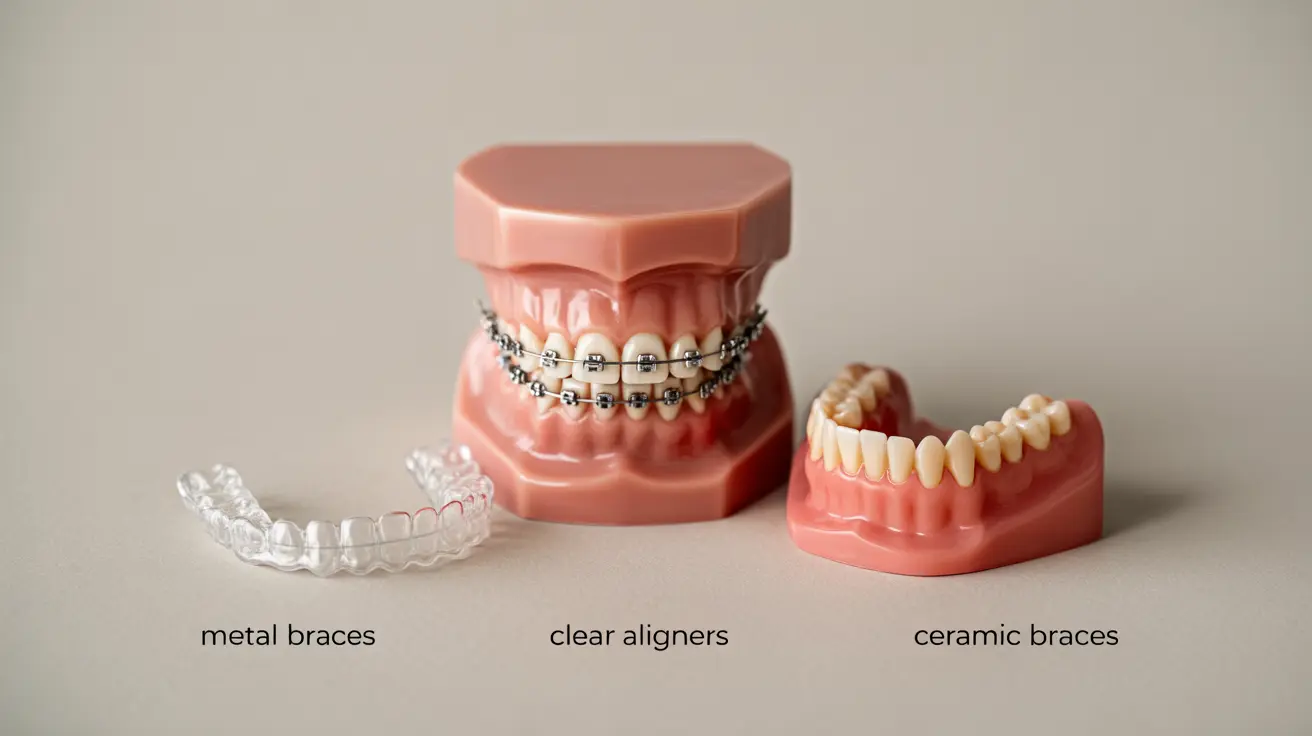Malocclusion, or misaligned teeth, affects millions of people worldwide and can impact both oral health and quality of life. Understanding the various treatment options available is crucial for making informed decisions about correcting teeth alignment issues. This comprehensive guide explores the different approaches to treating malocclusion and helps you understand what to expect from various treatment methods.
Types of Malocclusion Treatments
Treatment options for malocclusion vary depending on the severity and type of misalignment. Here's an overview of the most common approaches:
Traditional Braces
Traditional metal braces remain one of the most effective and widely used treatments for malocclusion. These consist of metal brackets attached to the teeth and connected by wires that gradually guide teeth into proper alignment. Modern brackets are smaller and less noticeable than older versions, making them more aesthetically acceptable for many patients.
Clear Aligners
Clear aligner systems offer a nearly invisible alternative to traditional braces. These removable plastic trays are custom-made to gradually shift teeth into proper position. They're particularly popular among adults and teens who prefer a more discreet treatment option, though they may not be suitable for severe cases of malocclusion.
Ceramic Braces
Ceramic braces function similarly to traditional metal braces but use tooth-colored or clear materials, making them less visible. They provide a middle ground between the effectiveness of traditional braces and the aesthetics of clear aligners.
Advanced Treatment Options
Orthognathic Surgery
In cases of severe malocclusion involving jaw misalignment, orthognathic (jaw) surgery may be necessary. This treatment is typically combined with orthodontic treatment to achieve optimal results. Surgery can correct functional issues with biting, chewing, and speaking, while also improving facial aesthetics.
Palatal Expanders
For patients with crowded teeth or crossbites, palatal expanders may be recommended. These devices gradually widen the upper jaw to create more space for teeth alignment, often preventing the need for tooth extraction in growing patients.
The Treatment Timeline
The duration of malocclusion treatment varies significantly based on several factors:
- Severity of the misalignment
- Type of treatment chosen
- Patient age and compliance
- Individual response to treatment
Most patients can expect treatment to last anywhere from 12 to 36 months, though some cases may require longer periods of correction.
Benefits Beyond Aesthetics
Correcting malocclusion offers numerous advantages beyond improving appearance:
- Better oral hygiene and reduced risk of decay
- Improved bite function and chewing efficiency
- Reduced strain on jaw joints and muscles
- Enhanced speech clarity
- Decreased risk of dental trauma
- Better long-term oral health outcomes
Frequently Asked Questions
What are the most common treatment options for malocclusion and how do they differ?
The most common treatments include traditional metal braces, clear aligners, and ceramic braces. Traditional braces use fixed metal brackets and wires, while clear aligners are removable plastic trays. Ceramic braces offer a more aesthetic fixed option with tooth-colored components.
How long does malocclusion treatment typically take with braces or clear aligners?
Treatment duration typically ranges from 12 to 36 months, depending on the severity of malocclusion and patient compliance. Clear aligners may work faster for mild cases, while complex cases with traditional braces might require longer treatment periods.
When is jaw surgery recommended as a treatment for malocclusion?
Jaw surgery is recommended for severe cases of malocclusion where the misalignment is caused by skeletal issues rather than just dental problems. This includes significant underbites, overbites, or asymmetrical jaw growth that cannot be corrected with orthodontic treatment alone.
Can malocclusion be treated without removing any teeth?
Yes, many cases of malocclusion can be treated without tooth extraction using techniques like palatal expansion, interproximal reduction, or other space-management approaches. However, severe crowding may still require strategic tooth removal for optimal results.
What are the benefits of correcting malocclusion beyond improving appearance?
Correcting malocclusion improves oral hygiene, reduces the risk of tooth decay and gum disease, enhances chewing efficiency, reduces jaw pain and TMJ issues, improves speech, and can prevent uneven wear on teeth. It also contributes to better overall oral health and function.




